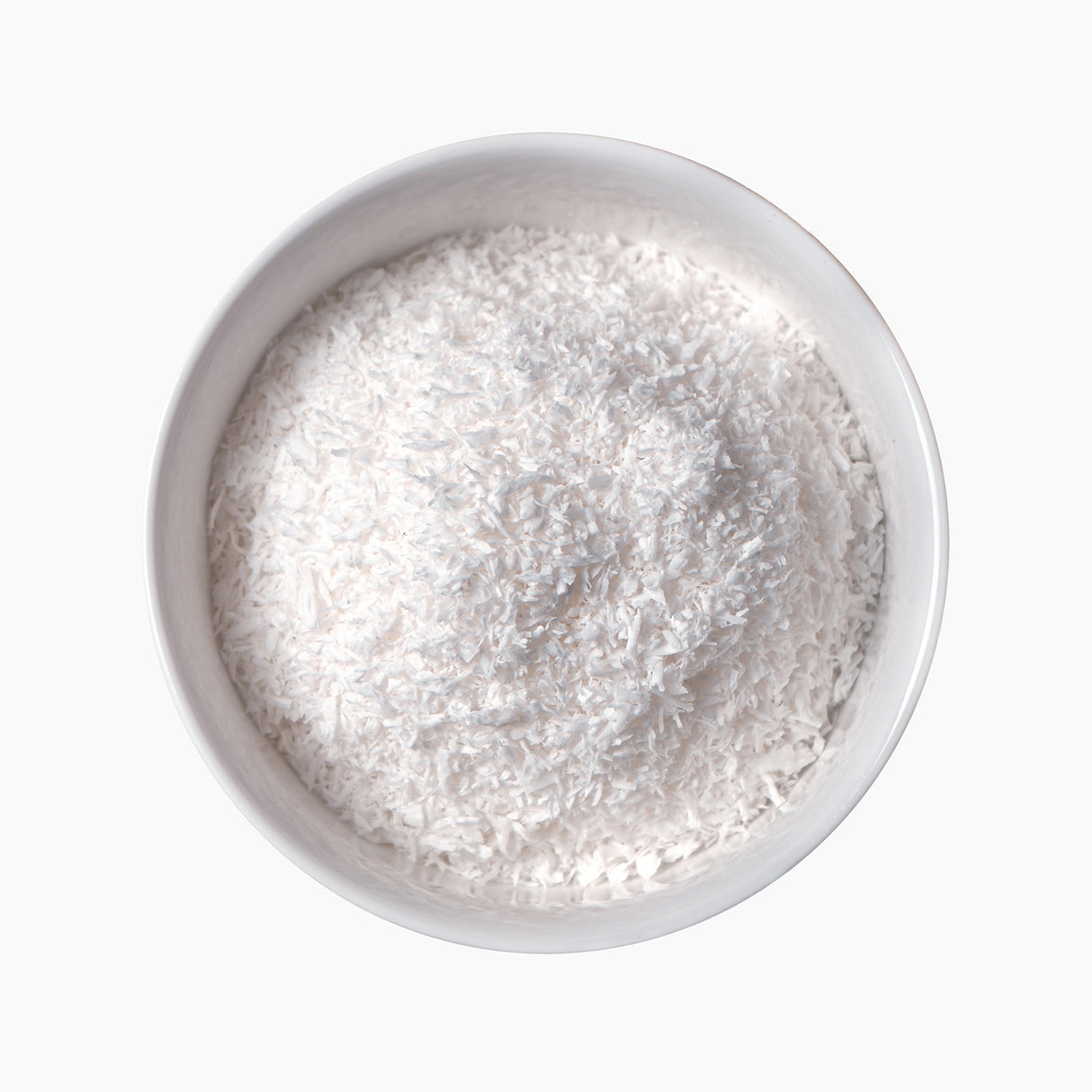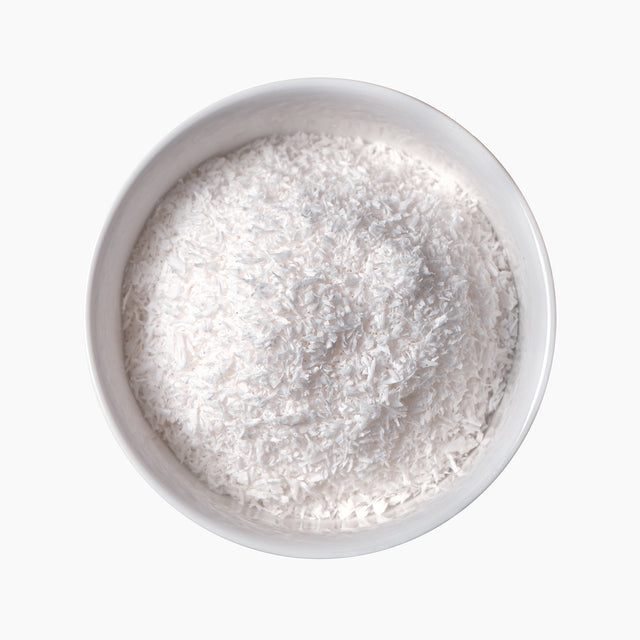Cetyl Alcohol (Palmityl Alcohol)
Couldn't load pickup availability
Description
Cetyl Alcohol, also known as Palmityl Alcohol, is a fatty alcohol derived from natural sources, such as palm oil or coconut oil. It appears as a white, waxy solid or flakes and is commonly used in cosmetic and personal care formulations. Cetyl Alcohol serves multiple functions, including acting as an emollient, emulsifier, and thickening agent, contributing to the overall texture and stability of products.
Benefits
Emollient: Provides moisturising properties that soften and smooth the skin, helping to prevent moisture loss.
Emulsifier: Facilitates the blending of oil and water-based ingredients, ensuring a stable and homogenous product formulation.
Thickening Agent: Increases viscosity in creams, lotions, and ointments, improving their texture and spreadability.
Stabiliser: Enhances the stability and shelf life of products by preventing ingredient separation.
Uses
Skincare Products: Commonly found in moisturizers, creams, and lotions to improve texture and provide hydration.
Hair Care Products: Used in conditioners and styling products to soften hair and improve manageability.
Cosmetics: Included in foundations, primers, and other makeup products to create a smooth and even application.
Pharmaceuticals: Acts as a binder or thickening agent in topical ointments and creams.
Physical + Chemical Properties
Appearance: White, waxy solid (flakes or pellets)
Odour: Mild, fatty odour
Melting Point: 49-55°C (120-131°F)
Boiling Point: Approximately 340°C (644°F)
Solubility: Insoluble in water, soluble in oils and alcohols
Molecular Formula: C16H34O
pH: Neutral (around 6-7)
Density: Approximately 0.82 g/cm³
Stash It Right
Store in a cool, dry place away from direct sunlight and moisture.
Keep the container tightly closed to avoid contamination and degradation.
Ideal storage temperature: between 10-25°C (50-77°F).



